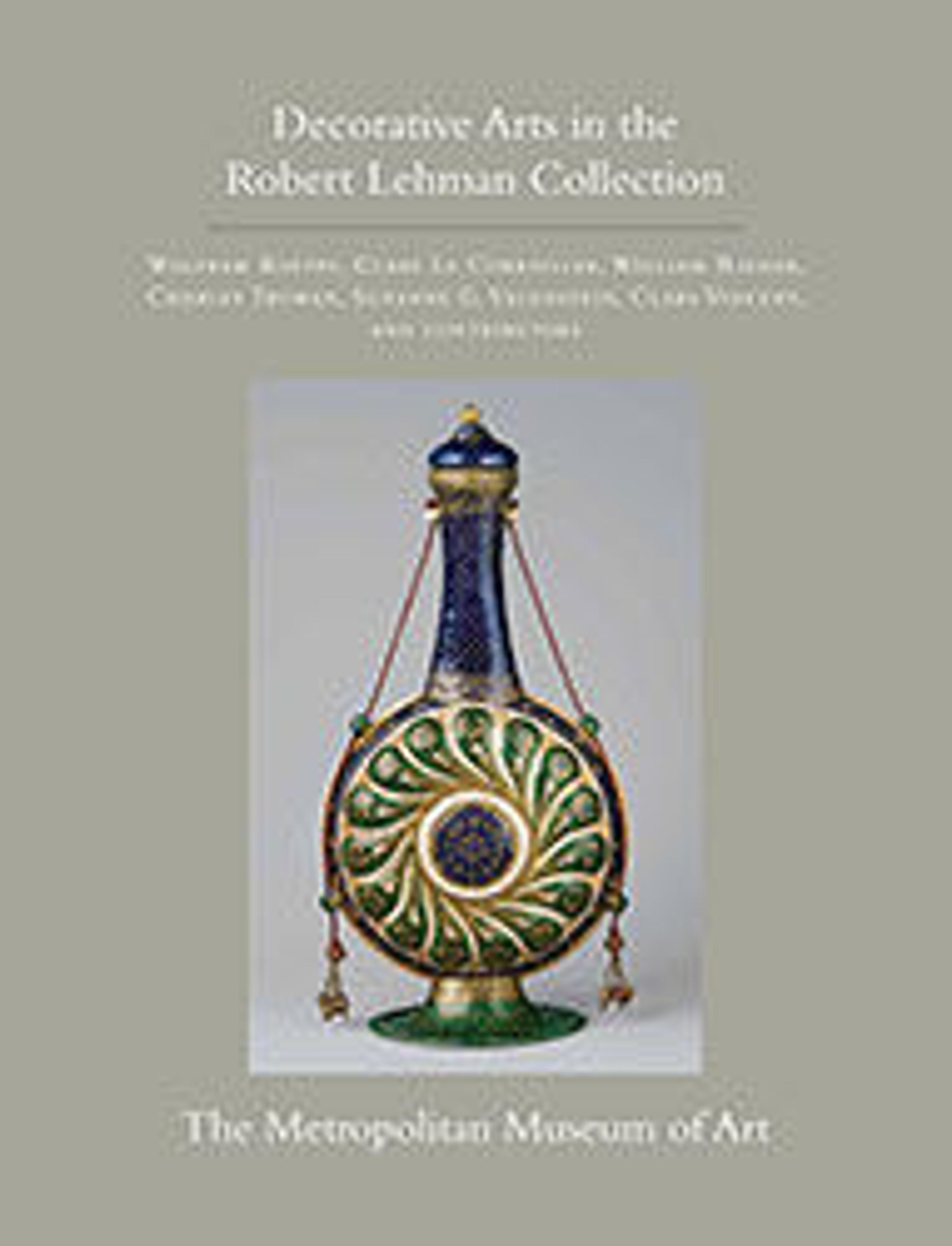Jeweled Snuffbox
Elaborately jeweled in multi-colored floral motifs, this snuffbox was probably commissioned by Frederick II of Prussia (1712-87), along with a group of 125 works of similar design known as the “Potsdam boxes.” This is the only glass-bodied piece. The design of all of the boxes have been attributed to the English-born artist Guillaume George Krüger, who was active in Berlin between 1753 and 1774.
Artwork Details
- Title:Jeweled Snuffbox
- Date:ca. 1765
- Culture:German, Berlin
- Medium:Glass, gold, silver, diamonds and rubies
- Dimensions:H. 6 cm, L. 10 cm, D. 8.8 cm
- Classification:Snuffboxes
- Credit Line:Robert Lehman Collection, 1975
- Object Number:1975.1.1536
- Curatorial Department: The Robert Lehman Collection
More Artwork
Research Resources
The Met provides unparalleled resources for research and welcomes an international community of students and scholars. The Met's Open Access API is where creators and researchers can connect to the The Met collection. Open Access data and public domain images are available for unrestricted commercial and noncommercial use without permission or fee.
To request images under copyright and other restrictions, please use this Image Request form.
Feedback
We continue to research and examine historical and cultural context for objects in The Met collection. If you have comments or questions about this object record, please contact us using the form below. The Museum looks forward to receiving your comments.
